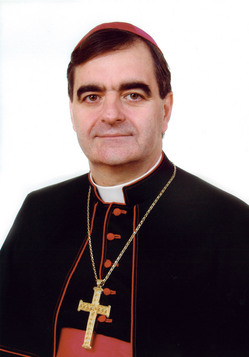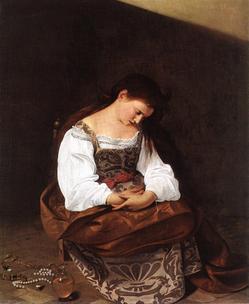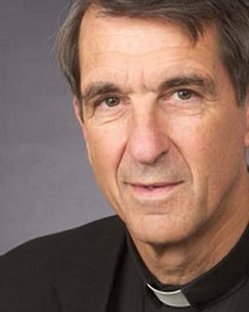 Every one who has left houses or brothers or sisters or father or mother or children or lands, for my name’s sake, will receive a hundredfold, and inherit eternal life.
Every one who has left houses or brothers or sisters or father or mother or children or lands, for my name’s sake, will receive a hundredfold, and inherit eternal life.
God our Father in Saint Sharbel Makhluf, You gave a light to Your faithful people. You made him a pastor of the Church to feed Your sheep with his word and to teach them by his example. Help us by his prayers to keep the faith he taught and follow the way of life he showed us.
Saint Sharbel Makhlouf (1828-1898) was born in a small Lebanese mountain village who became, at 23 years old, a monk of the Lebanese Maronite Order and later ordained a priest in 1859. He is known for his intense devotion to lectio divina, the Eucharist and the Blessed Virgin Mary. Sensing a deeper call in 1875, he began a solitary life (as a hermit) which he lived for twenty-three years of his life. Sharbel’s witness taught us about the virtues of poverty, self-sacrifice, and prayer in world dominated by an attraction to money, power and fame. Since July 24, 2004 Saint Sharbel has been introduced the liturgical observance in the sacred Liturgy.
Archbishop Francis M. Zayek said of Saint Sharbel:
“Reading about the holy hermits of the desert, we used to consider many reported facts as mere fables. In the life of Blessed Sharbel, however, we notice that these facts are authentic and true. Blessed Sharbel is another Saint Anthony of the Desert, or Saint Pachomius, or Saint Paul the Anchorite. It is marvelous to observe how you, Maronites, have preserved the same spirituality of the fathers of the desert throughout the centuries, and at the end of the nineteenth century, 1500 years later, produced a Sharbel for the Church.”
(The icon was painted by iconographer Christine Habib el Dayé. Other pieces of the artist’s work can be seen here and she can also be found on Facebook.)







